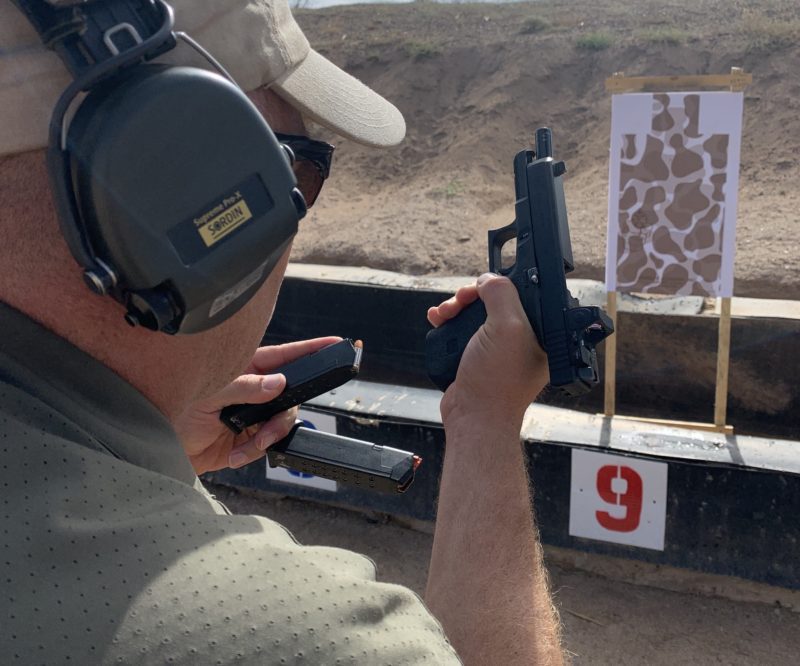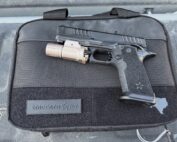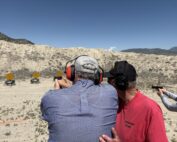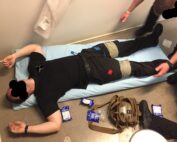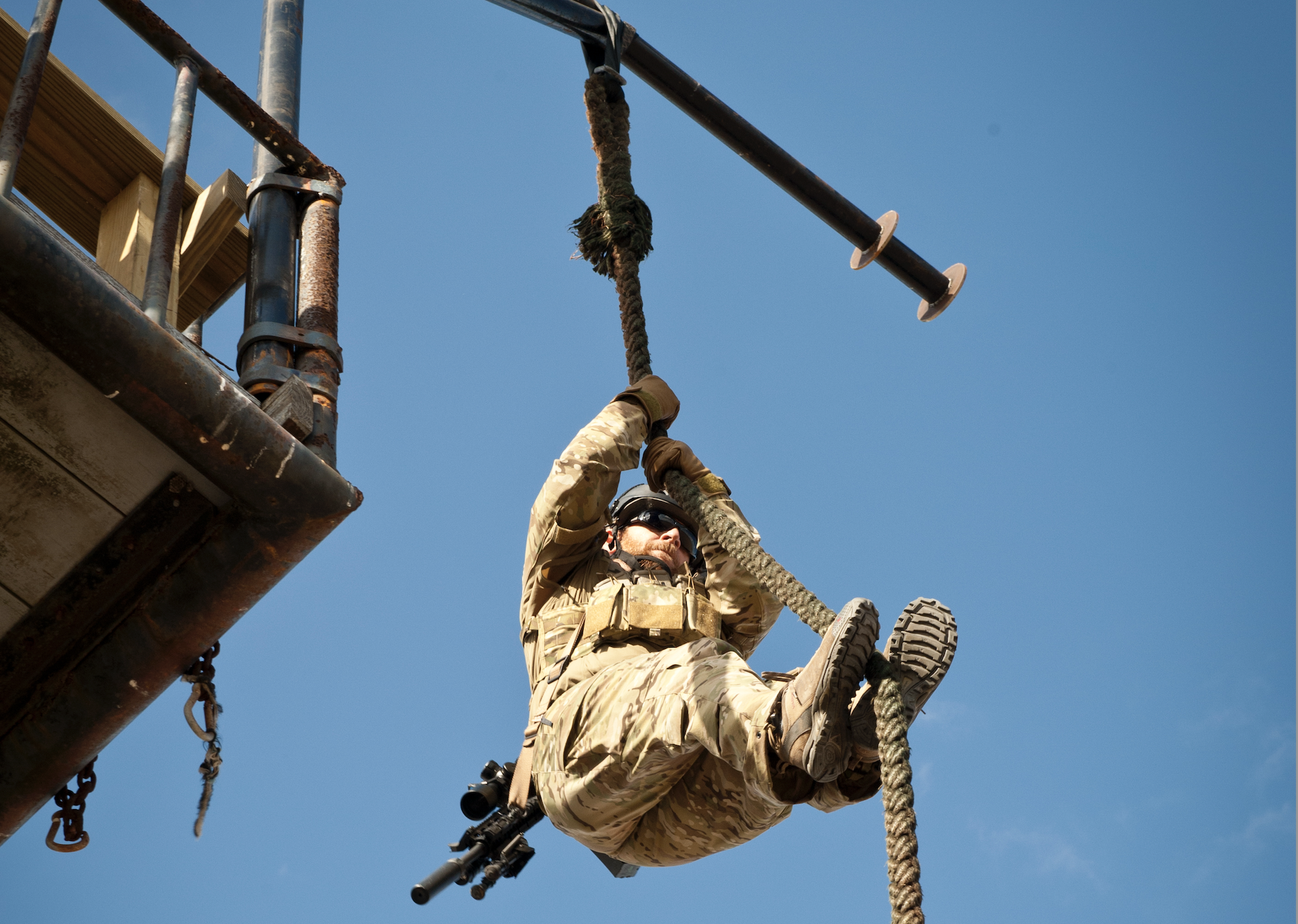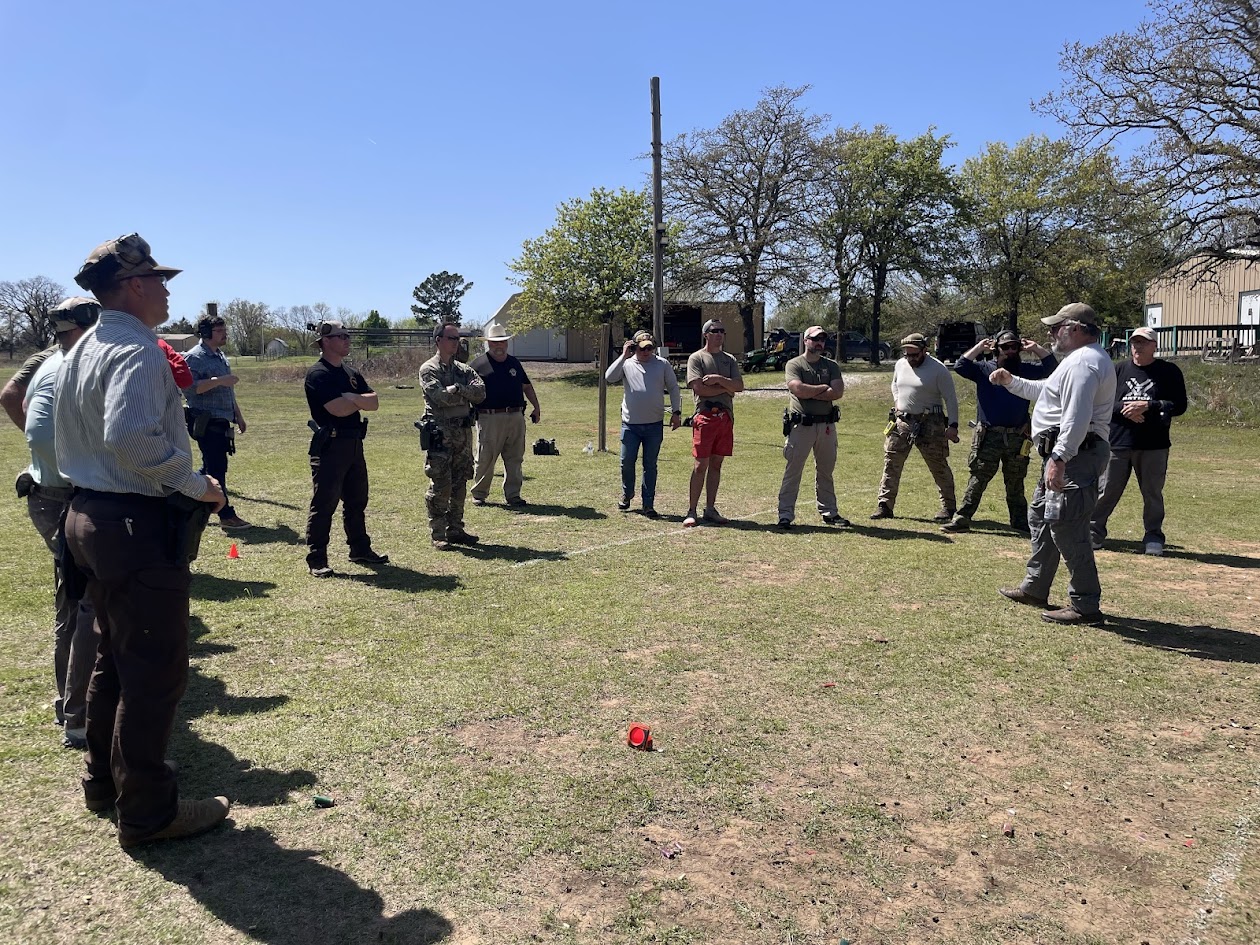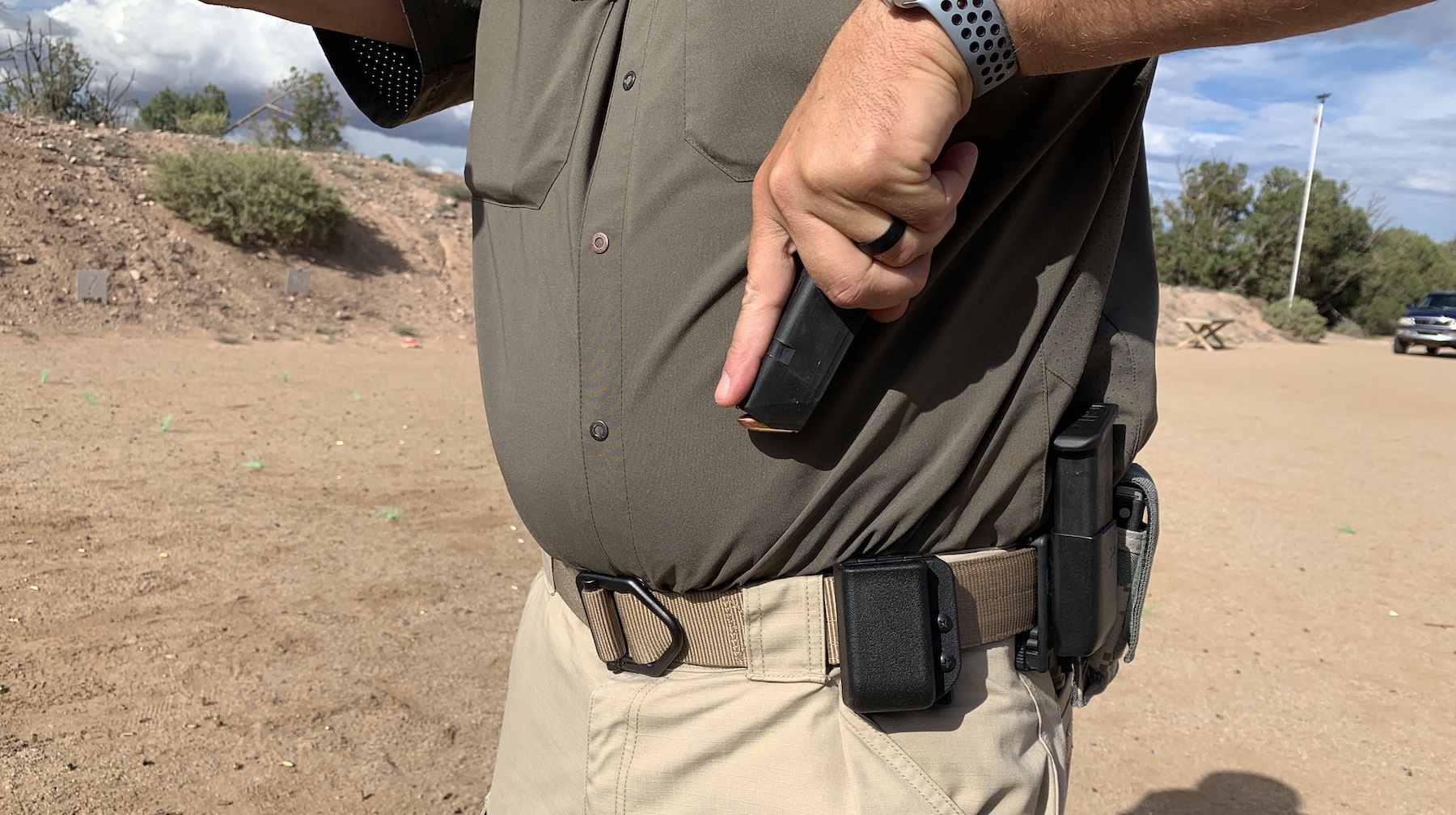
grasp_7940
The orientation and placement of your pistol magazines matter!
Rather than it being dogmatic or insisting on uniformity for appearance’s sake, there are reasons why trainers can insist on specific equipment set-ups.
The vast majority of those I have worked with or know insist on spare magazines being carried with the bullets pointed toward your centerline – if the magazines are worn vertical. Or with the bullets up and the magazine’s mouth towards your centerline – if your magazines are horizontal.
Body Worn Camera footage is not just proving how officers interact with the community. That footage lets us see what is happening during deadly force confrontations.
A recent video from Florida pointed out the importance of magazine orientation. Deputies were pursuing a pick-up truck that crashed into a building. The suspect drew a handgun on the deputy whose vehicle had pinned the driver’s door closed. That was the start of a gunfight. Two of the deputies expended enough rounds to reload more than once.

The top round is pointing back at the officer rather than forward. That is not a solid grip on the magazine.
What did the BWC footage tell us? Their magazines were positioned with the bullets facing away from their centerline. Rather than gripping the magazine, with the index finger touching the top round, they plucked the magazine by the base pad with just two or three fingers. Rather than indexing the magazine’s flat to the flat of the magazine well, the deputy had to thread the magazine into the mag well like thread into a needle.
Both deputies had the same problem, revealing itself when watching the video.
How do we fix this? Position the magazine, so you access and acquire your grip the same way every time. That equals consistency, leading to efficiency.
With a flapped magazine pouch, whether vertical or horizontal, you open the flap and then grip the magazine. Open top pouches mean you can acquire your grip on the magazine without worrying about the flap.

The index finger runs up the front of the magazine, towards the top round while the thumb and middle finger hold the magazine.
Once my hand is on the magazine, my index finger runs up the front. The tip is touching the top round in the magazine. My thumb is about 1/3rd of the way down on the side of the magazine closest to my body. My other fingers are holding the magazine on the outside. The base pad is in the middle of my palm.
Before I go on, a thought on terminology – I’m using the Speed Reload because that is the most commonly used phrase I’ve heard during over thirty-something years of pistol shooting. It is the reload I use when I need a full magazine in the gun right now. It does not matter if the pistol is in or out of battery; I’m not changing the wording. If you like Emergency or Combat, use that.
You are in a shooting, and you’ve realized that you need a full magazine in the pistol right now. As you bring the pistol back towards your upper chest, move your support hand towards your spare magazines. If you don’t have one, the rest of the process might be pointless.
Finding the magazine, you acquire your grip on it as described above. As it starts to clear the magazine pouch, pocket, etc., you rotate the pistol’s mag well slightly inboard and depress the magazine release. The inboard rotation should help align the mag well with the new magazine. This is done with the pistol roughly as high as your upper chest, not your belly or your belt buckle.
Look? Don’t Look? How about a brief glance at the mag well to ensure it and the incoming magazine are aligned. At a slight angle, the flat of the magazine goes to the flat of the mag well. Continue pushing the magazine in until your thumb hits the frame. When that happens, open your hand and firmly push the magazine in until it seats with the palm of your support hand.
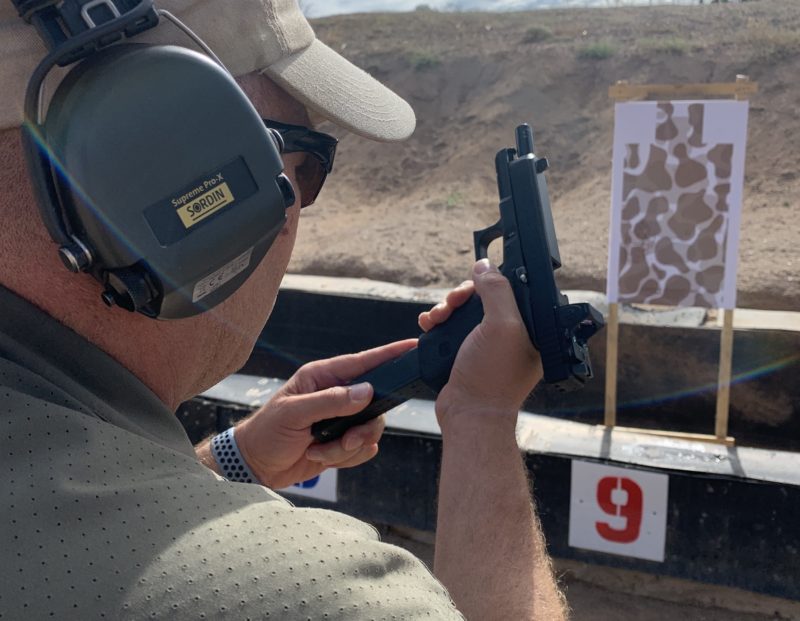
Seating the magazine. There is nothing wrong with glancing at the magazine well – as long as the pistol is not down by your belt.
What’s next? Don’t start spanking the base pad in hopes it will be more seated.
If the pistol was in battery, re-establish your grip, assess whether deadly force is still needed; if so, re-acquire your sights, and go back to solving the problem that caused you to reload in the first place.
If you shot the pistol to slide lock, send the slide forward, re-acquire your grip, and complete the above steps.
How do you send the slide forward? We will cover it soon.
Why does your magazine’s orientation in the pouch matter in this process? Again, consistency and repeatability when acquiring the magazine and reloading the pistol.
How to send the forward slide is one of those things that generates significant differences of opinion. And no, neither fine nor gross motor skills enter into this.
Step #1 – is the piece of metal that locks the slide back called a Slide Stop or a Slide Release? How was it intended to be used? Different manufacturers call it different things. A slide stop may only be large enough to lock the slide to the rear. A slide release may be larger and longer.
Regardless of which one you have, please do so by depressing it with your shooting hand thumb. You will need a different method if you can’t access or push the slide stop.

James uses an overhand grip on the optic and the back of the slide. This is for consistency of manipulations and sureness, not because of fine or gross motor skills.
Alternatively, you can grab the rear of the slide in an overhand grip and pull it rearward before releasing it. This works regardless of what hand you shoot with or which pistol you use. And it mirrors the methods for running the slide when clearing a malfunction and stoppage.
If the slide release is large enough, some left-handers can reach and depress it -after seating the magazine – with the tip of their middle finger.
Regardless, find the surest method for you and practice that. Avoid changing methods frequently in hopes of just beating the timer.


 (No Ratings Yet)
(No Ratings Yet)
